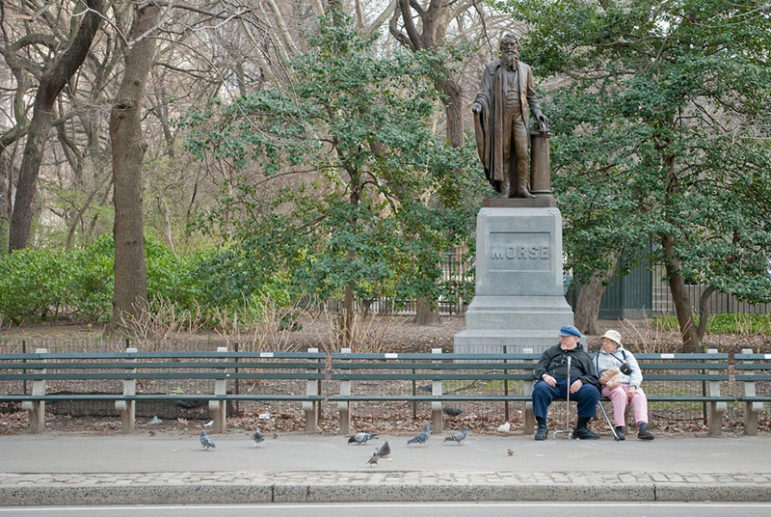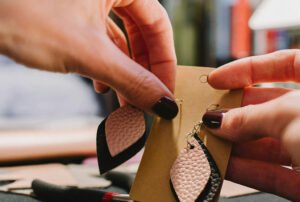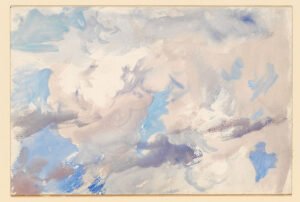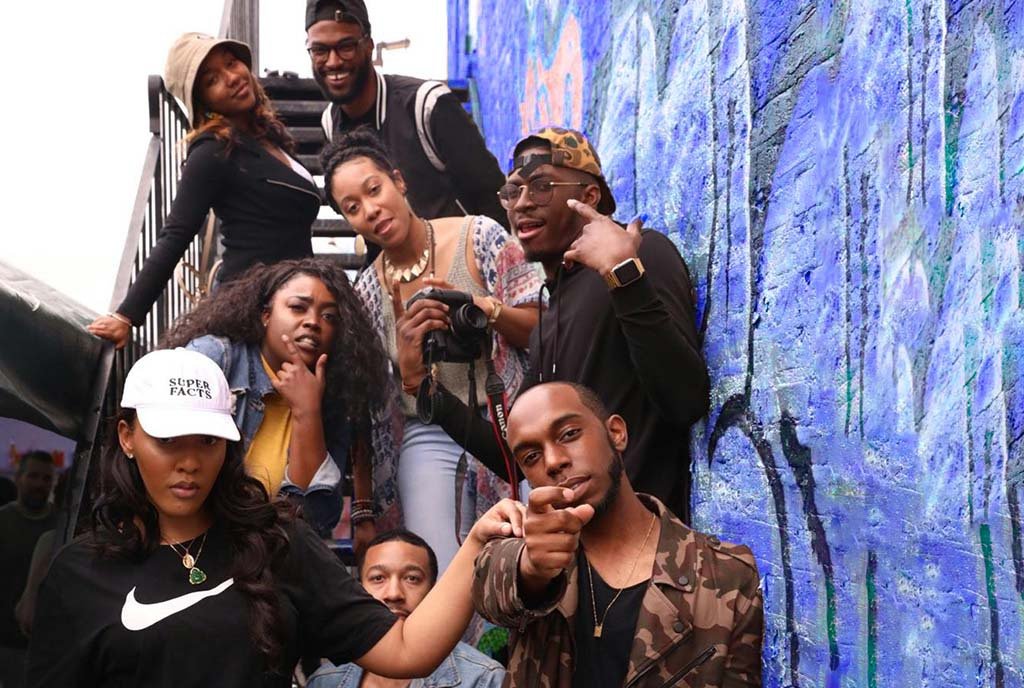
October 10, 2016; CBS News
Several months after women and girls around the U.S. successfully campaigned to secure Harriet Tubman’s rightful place on American currency, another group of females is banding together to have two additional suffragists fairly represented in a different kind of collection—the assortment of sculptures in New York City’s Central Park.
Members of Manhattan-based Girl Scout Troop 3484 are going beyond cookie sales this year, aiming to “crack the bronze ceiling” through a movement called “Central Park—Where are the Women?” The effort, marshaled by Coline Jenkins, the great-great-granddaughter of women’s rights leader Elizabeth Cady Stanton, seeks to raise funds to erect two bronze statuettes honoring the life and work of Stanton and her fellow advocate, Susan B. Anthony.
New York City parks are home to approximately 800 statues, including both historical figures and fictional characters. Roughly twelve percent of the statues throughout the park system account for real-life historical leaders and just a handful of those are women, including Eleanor Roosevelt and Joan of Arc, who both currently reside in Riverside Park in the Upper West Side. In Central Park, however, the minimal female representation is overshadowed by the fact that the only lady statues depict imaginary storybook characters, like Alice in Wonderland and Mother Goose.
Sign up for our free newsletters
Subscribe to NPQ's newsletters to have our top stories delivered directly to your inbox.
By signing up, you agree to our privacy policy and terms of use, and to receive messages from NPQ and our partners.
Of course, Troop 3484 and others involved in this movement mean no disrespect to Alice or Ms. Goose, but as 10-year-old Pippa Lee explains, the Park could stand to expand its definition, and subsequently its portfolio, of “female leaders.”
“We really need a woman’s statue for girls to look up to, not just Mother Goose or Alice in Wonderland, the young Girl Scout stated. They don’t count.”
In May 2015, park officials gave the green light to commence the conceptual design of the two additional monuments, which will be stationed near the Park’s West 77th Street entrance. Installation and routine maintenance will require $500,000 to $1 million in financial support, a goal that groups like Troop 3484 are already pursuing, having helped raise more than $150,000 to date. The participating groups hope to have the statues standing tall by 2020, the centennial of women’s right to vote.
The impetus for the “Central Park—Where are the Women?” campaign, an obvious gender imbalance in the most visited urban park in the United States, sets the tone for an intriguing discussion surrounding the responsibility public settings have to educate, engage and inspire the citizens who frequent these types of spaces. The integration of public space and art and design should reach far beyond the objective of being aesthetically pleasing. Public spaces—like city parks—serve a dual purpose in that they are inclusive, and blank canvases for enriching education and engagement for their visitors. To not have a fair representation of profoundly significant male and female leaders contradicts the inclusivity and educational component of what urban parks and public spaces stand to represent in the first place.—Lindsay Walker













